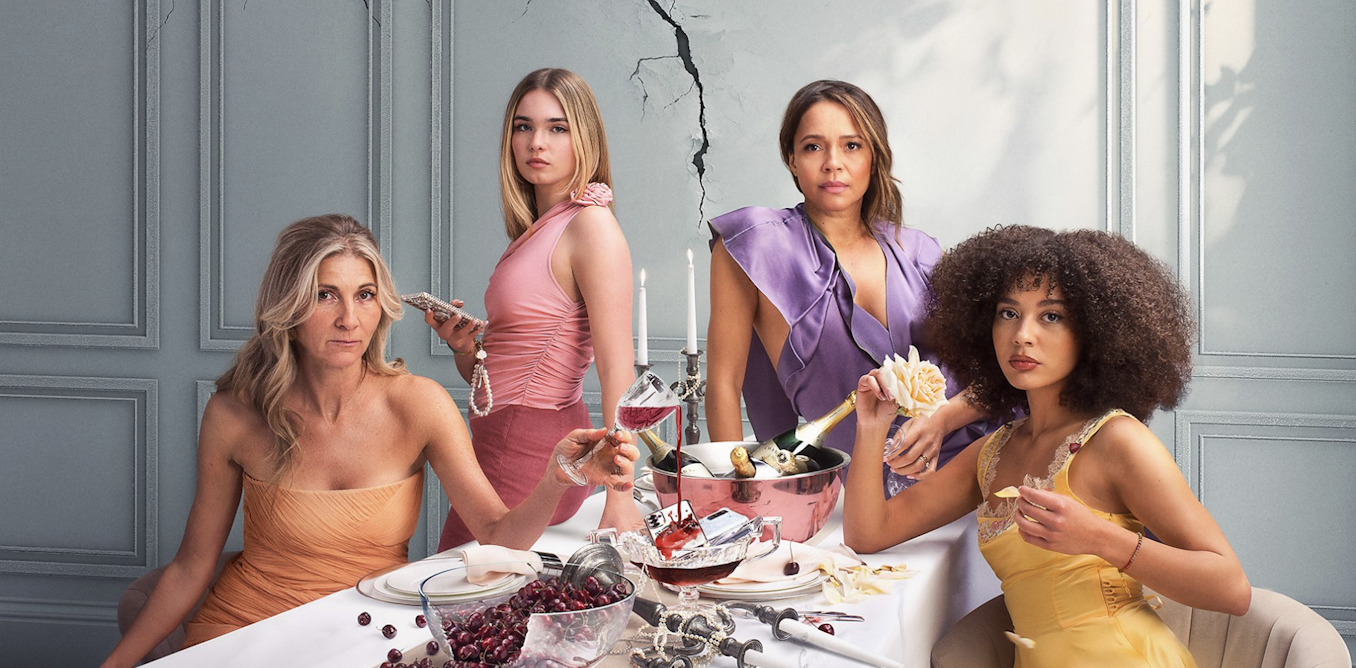In the early 1970s, Carla Accardi began to doubt the scrawling, colorful abstractions for which she had become known. Wanting to impact the world in more tangible ways, she cofounded Rivolta Femminile (Women’s Revolt), a Rome-based feminist group whose formative publishing house served as a model for how women might obtain both editorial and economic independence from men. While focused on the group, Accardi scaled back her artistic output. The few paintings she produced between 1970 and 1973 dispensed with the vibrating hues that had characterized her canvases, subbing in a simpler contrast: black and white.
“It was the nullification of expression,” Accardi later said of her works from that period. Her almost calligraphic scribbles—whether arranged in neat lines or garbled into a blob—look like language. And indeed, words were on her mind. Rivolta Femminile was founded on the principle that reading and writing were valuable tools for achieving self-awareness—and in turn, for helping women disentangle their own desires from internalized expectations.
When Accardi left Rivolta Femminile in 1973, she wrote a letter to a cofounder justifying her departure—a letter she never sent. Now, an excerpt appears in the catalog for her retrospective at Palazzo delle Esposizioni in Rome, on view through June 9. In that letter, Accardi explained why she needed to leave and devote herself more fully to making art again: “The most remarkable thing I found in feminism,” she wrote, “was the discovery that I am a human being, and as such, I have no desire to deprive myself of … imaginative, utopian passions.”

The early ’70s was not the first time Accardi interrogated the relationship between aesthetics and politics so intensely that she had to press pause. A vitrine in her retrospective displays a manifesto that the Italian-born artist signed in 1947, when she was in her 20s and had just joined both the Communist Youth Federation and Forma. The latter was an artist group aligning formalism and Marxism. They believed in making art as a way to improve one’s life in a material sense, through labor, and insisted that such a vital and deeply human act shouldn’t remain the purview of the bourgeoisie. Forma’s ideas galvanized the work she produced until around 1953, when she experienced a “deep crisis.” After a yearlong hiatus, she temporarily eliminated color from her work, as she would again decades later. In so doing, she hoped to avoid becoming “distracted towards pleasantness” and “to give her painting a moral certainty,” as an exhibition pamphlet from the time reads.
The best colorful paintings in the show in Rome are from the 1960s. Accardi, who died in 2014 and liked to call her practice “anti-painting,” explained her attraction to contrasting colors: “Only through the notion of night do I know the day.” With abstraction, she wanted to dispense with the patriarchal baggage that haunted representational imagery, and to capture life’s complexities. “I simply paint a symbolic portrait of life as I see it,” she said, “with its struggles, its joys, its miseries and its defeats.” So in the ’60s, as advertisements and packaging were newly altering the visual landscape, Accardi ingested it all and responded with paintings of squiggles in dizzying hues. In Violarosso (1963), she scribbled in bright orange all over a magenta surface, nearly dissolving all distinction between foreground and background.

By 1965, Accardi was on to something totally new. She swapped canvas for Sicofoil—a clear plastic—in an effort, as she said, to “reveal the mysteries behind the art.” That material, designed for packaging, is inclined to curl, so she would sometimes let it roll into cylinders or cones, or else stretch it like a canvas on wooden bars. A room in the retrospective is dedicated to immersive pavilions she built with plexiglass and then painted on. On these clear plastics—newly introduced material at the time—bold, opaque brushstrokes appear to hover in space. There is a quiet revolution in the way Accardi’s paintings foreground the background: whether a clear substrate disappears entirely or a vibrating magenta surface refuses to recede, this supporting role is really also the protagonist. I imagine most women can relate.
Accardi cared deeply about political thought and action, but she didn’t want to fall into the trap of, well, black-and-white thinking that might cleave aesthetics from politics too neatly. For her, life encompasses both in a complex, contradictory swirl. She insisted that a rich range of experiences was her right, and in fact part of the reason she cared about Marxism and feminism in the first place: that richness made life worth living and defending.

The post “Why Carla Accardi Abandoned Abstraction for Activism—and Then Came Back” by Emily Watlington was published on 05/31/2024 by www.artnews.com




































